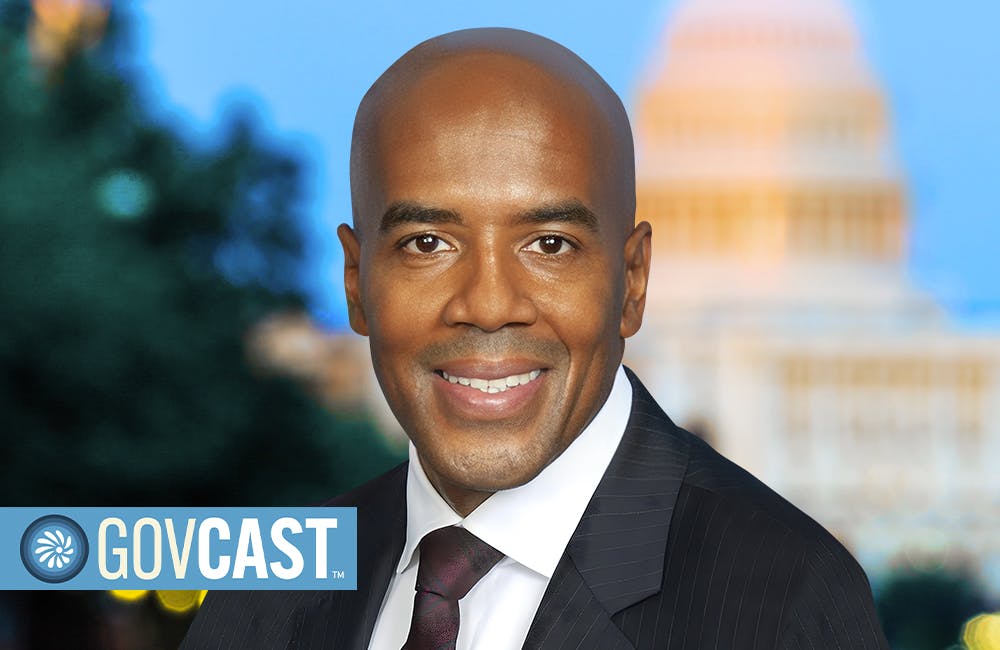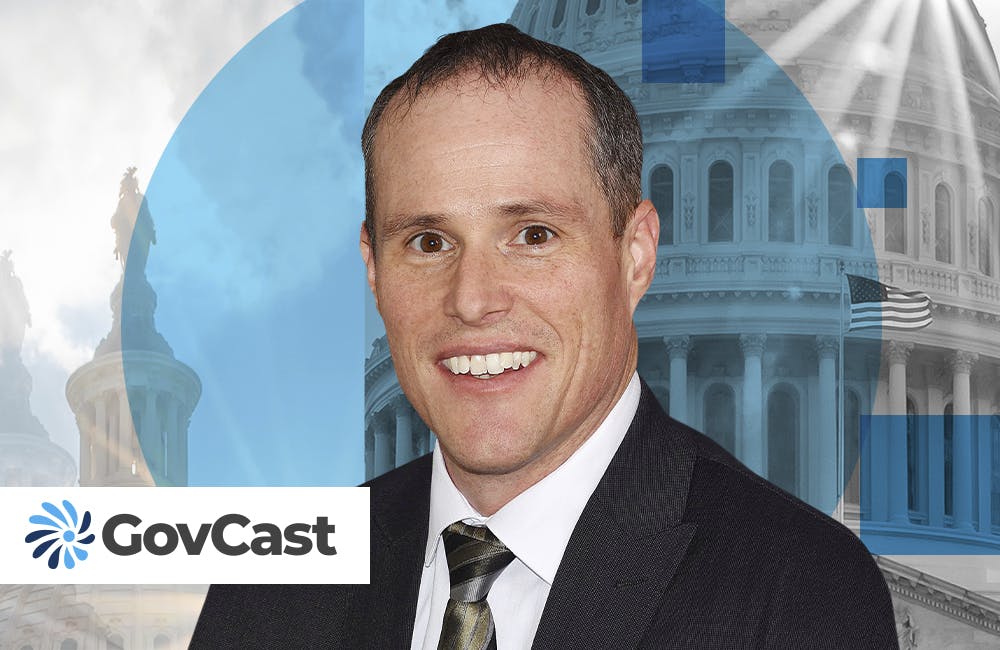FBI Eyes Evolving Tech to Combat ‘Cybercrime as a Service’

FBI intelligence and law enforcement capabilities are keeping pace with technological change to respond to and prevent cyber threats.
The Federal Bureau of Investigation (FBI)’s Criminal and Cyber Division in its Washington Field Office is putting itself in a position to better tackle the new cyber attack landscape that is growing evermore sophisticated with the widespread use of things like wearables and social media that threat actors are exploiting. This includes emerging threats like “cybercrime as a service.” The office’s Special Agent in Charge Wayne Jacobs, whose career as a law enforcement agent includes tackling violent crime and gangs, highlights these new emerging threats, how he’s prioritizing the evolving threat landscape, and how he sees technology supporting field agents to identify and track targets as well as communicate instantaneously.

-
 Wayne A. Jacobs Special Agent in Charge, Criminal and Cyber Division FBI Washington Field Office
Wayne A. Jacobs Special Agent in Charge, Criminal and Cyber Division FBI Washington Field Office
-

Inside DOD’s Push to Grow the Cyber Workforce Through Academia
Diba Hadi gives her first interview since becoming principal director of the DOD’s Cyber Academic Engagement Office.
15m listen -

The Next AI Wave Requires Stronger Cyber Defenses, Data Management
IT officials warn of new vulnerabilities posed by AI as agencies continue to leverage the tech to boost operational efficiency.
5m read -

Federal CIOs Push for ROI-Focused Modernization to Advance Mission Goals
CIOs focus on return on investment, data governance and application modernization to drive mission outcomes as agencies adopt new tech tools.
4m read -

DOD Turns to Skills-Based Hiring to Build Next-Gen Cyber Workforce
Mark Gorak discusses DOD’s efforts to build a diverse cyber workforce, including skills-based hiring and partnerships with over 480 schools.
20m listen -

DOD Can No Longer Assume Superiority in Digital Warfare, Officials Warn
The DOD must make concerted efforts to address cyber vulnerabilities to maintain the tactical edge, military leaders said at HammerCon 2025.
4m read -

New NSF Program Cultivates the Future of NextG Networks
The agency’s new VINES program looks to tackle key challenges like energy efficiency and future-proofing wireless tech.
21m watch -

Tracking CIOs in Trump's Second Term
Stay informed on the latest shifts in federal technology leadership as new CIOs are appointed and President Trump's second term takes shape.
6m read -

Inside Oak Ridge National Lab’s Pioneer Approach to AI
Energy Department’s Oak Ridge National Lab transforms AI vulnerabilities into strategic opportunities for national defense.
22m listen -

AI Enables Coast Guard’s Workforce to Transform Operations
The Coast Guard’s Deputy CIO Brian Campo delves into the ways AI is pushing the service to rethink its core services, workforce and operations.
14m watch -

DOL Turns to Workforce Development to Maintain AI Superiority
DOL is bridging the AI skills gap through partnerships and upskilling to ensure future AI workforce readiness.
10m watch -

AWS Summit: A DOE National Lab Uses GenAI to Boost Efficiency
Lawrence Livermore National Lab launches a new generative AI tool to drive operational efficiency at the National Ignition Facility.
9m listen -

AWS Summit: Idaho National Lab’s AI Applications in Nuclear Technology
The lab is using AI and concepts like digital twins to enhance nuclear research and embed the technology in operations.
23m listen
















